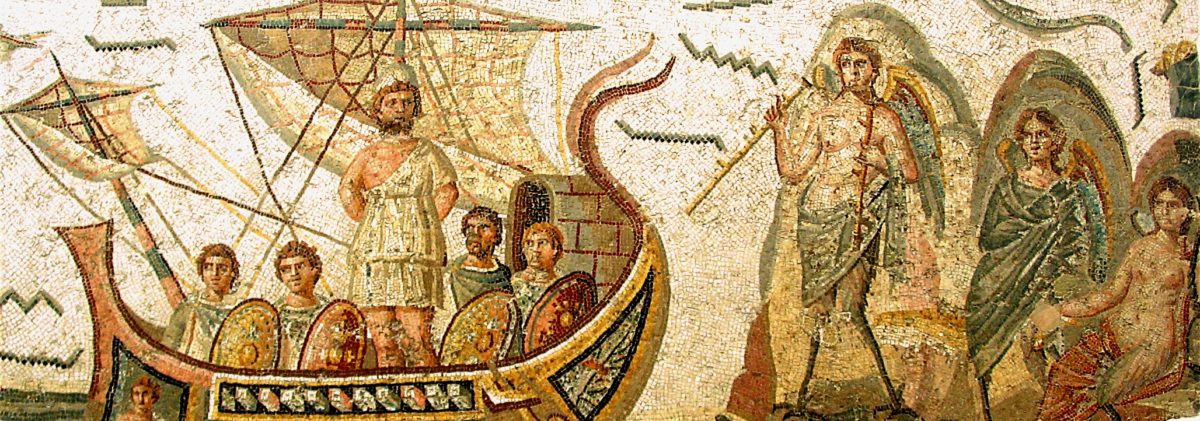The ages of Mary and Joseph at the time of Jesus’s birth attracted a great deal of controversy in November 2017, after the Republican Alabama State Auditor Jim Ziegler defended the Republican Alabama Senate candidate Roy Moore, who has been accused of pursuing a sexual relationship with a fourteen-year-old girl at a time when he was thirty-two. Ziegler said:
“…take Joseph and Mary. Mary was a teenager and Joseph was an adult carpenter. They became parents of Jesus… There’s just nothing immoral or illegal here. Maybe just a little bit unusual.”
Ziegler claimed that this fact absolves Roy Moore from all blame for his alleged ephebophilia. This is, of course, preposterous. Even if what Ziegler says here were completely correct, that still would not mean it is excusable for men in their thirties today to have sexual relations with fourteen-year-olds. We live in a very different society from the one that existed in Galilee in the first century BC and, regardless of what people 2,000 years ago thought, in our society, it is completely unacceptable for a man in his early thirties to seek sexual relations with a fourteen-year-old.
If we leave aside the whole question of Roy Moore’s guilt, however, we must ask, “Is Ziegler correct about Mary’s age when she gave birth to Jesus?” In other words, was Mary really a teenager when she gave birth to Jesus? The truth is, we really do not know.
Continue reading “How Old Was Mary When She Gave Birth to Jesus?”









